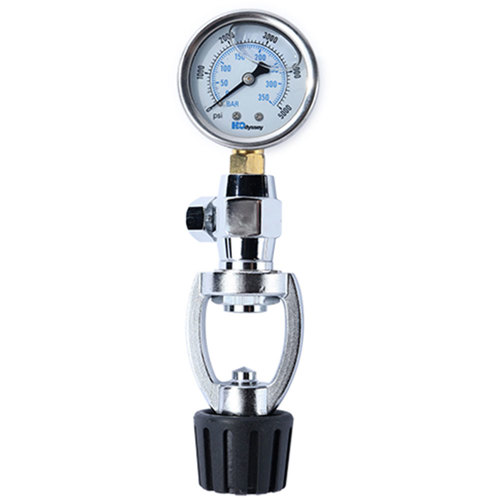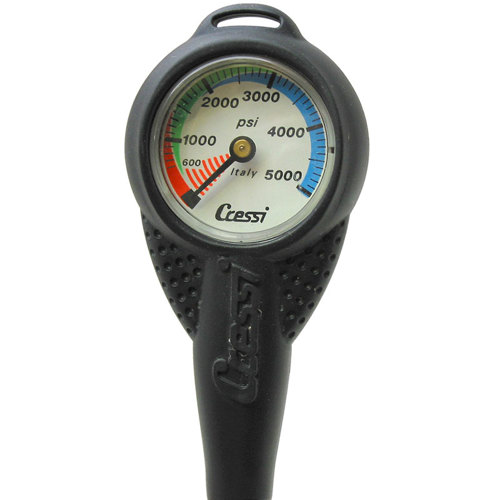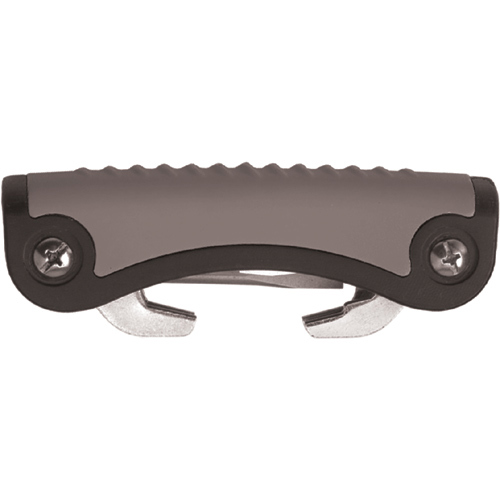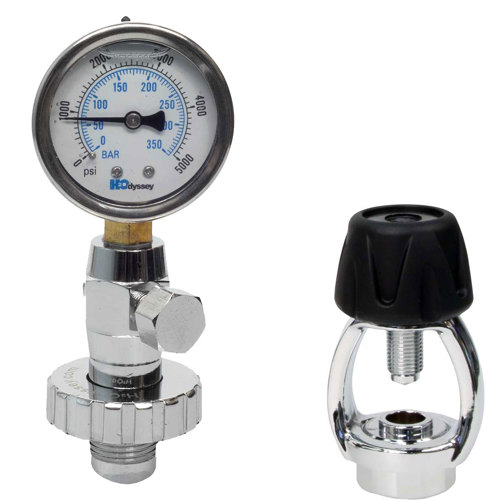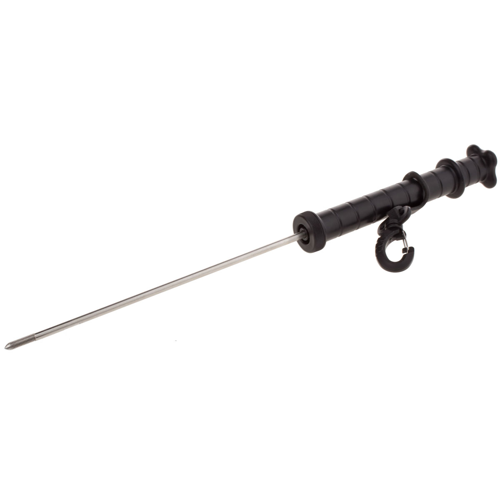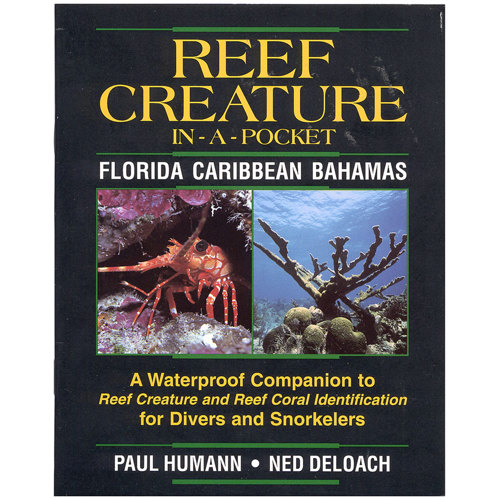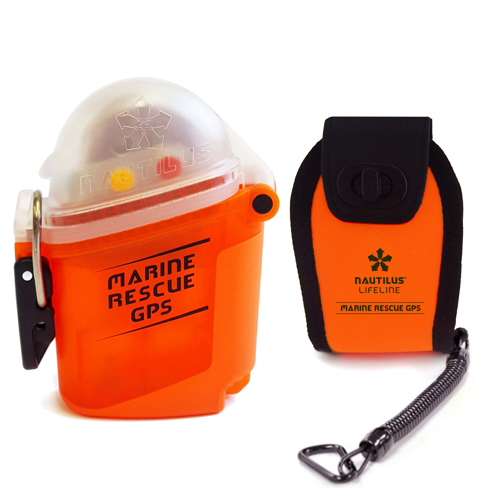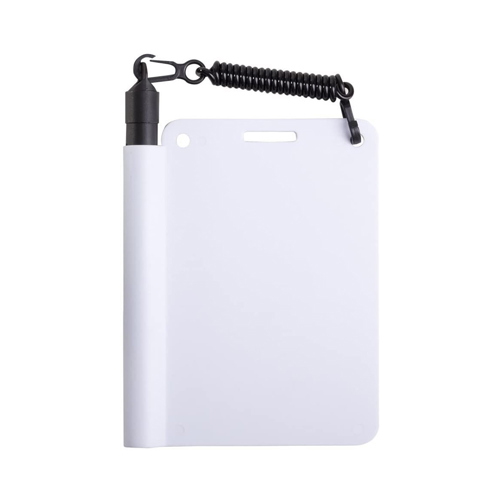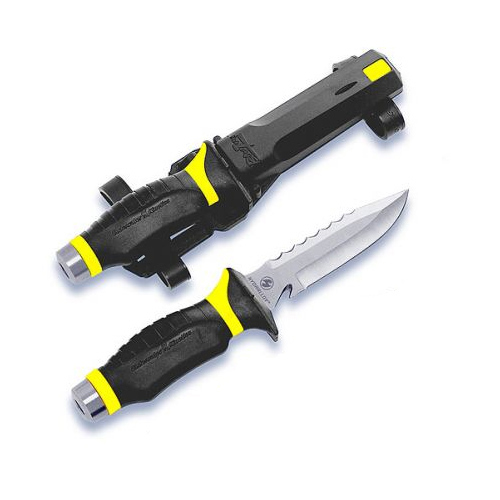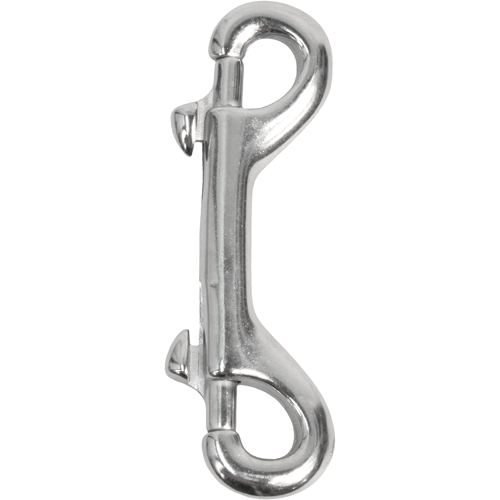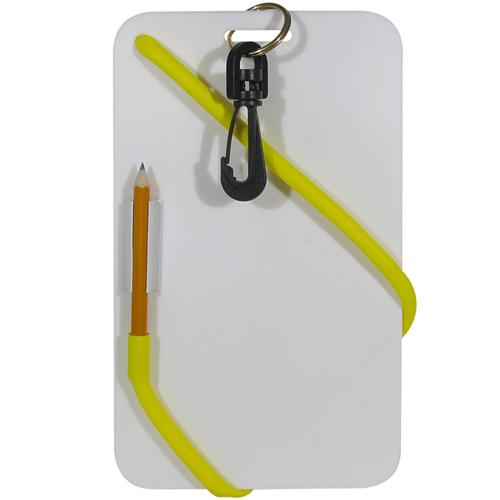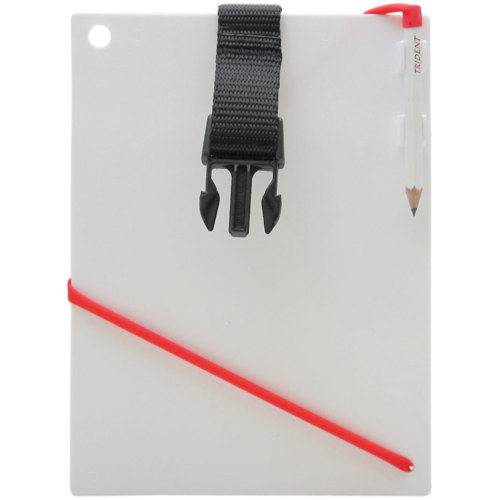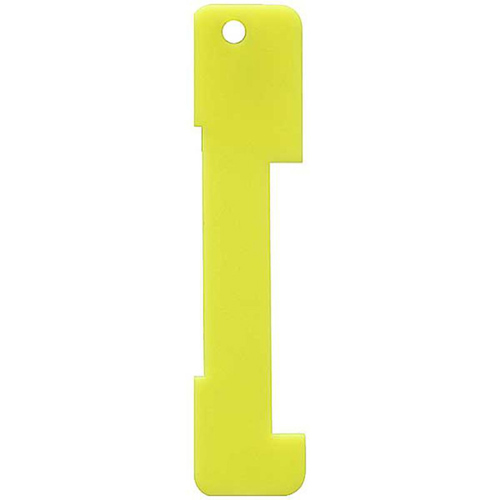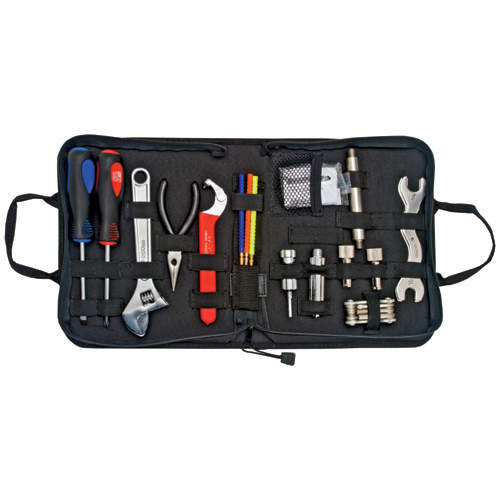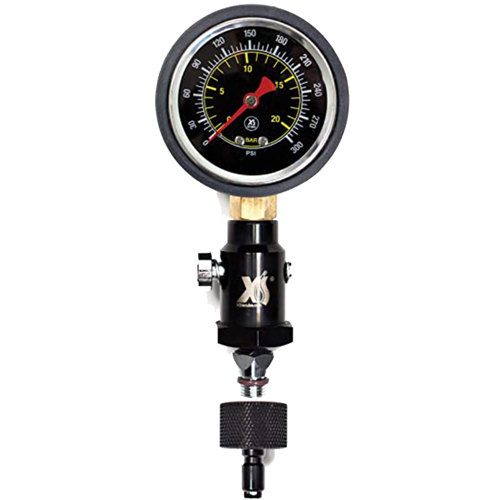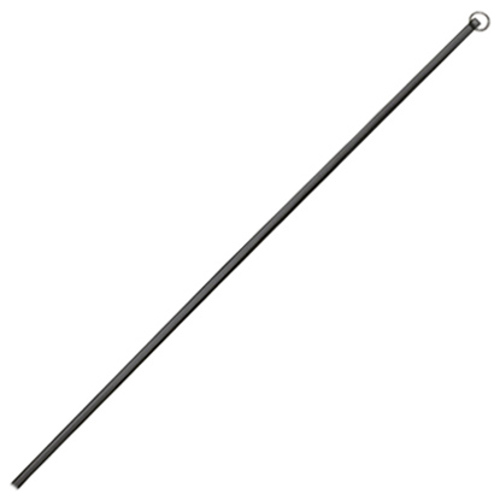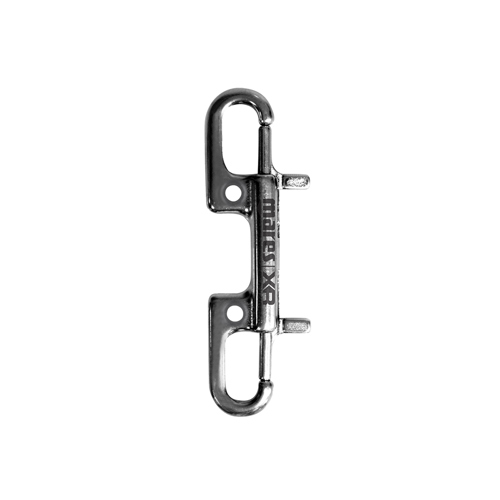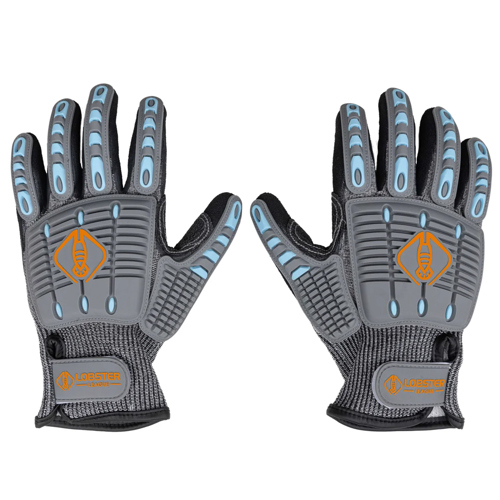Marine biology is a field that thrives on curiosity, precision, and a deep respect for the ocean’s complexity. Whether you’re a seasoned professional, an aspiring student, or an enthusiastic hobbyist, having the right marine biology equipment is essential for exploring and understanding aquatic environments. The tools showcased here are designed for a range of users, from marine biologists conducting groundbreaking research to ichthyologists cataloging fish species, as well as educators and citizen scientists eager to make their own discoveries. As the waters cool in November and visibility often increases in many coastal regions, it’s a prime season for fieldwork, specimen collection, and underwater observation. Marine biologist tools such as water samplers, plankton nets, and underwater cameras become indispensable for capturing the subtle changes in marine ecosystems as they transition toward winter. For those who work in the field, reliable marine biologist equipment—like rugged waterproof notebooks, GPS units for accurate mapping, and portable microscopes for on-site analysis—can make all the difference when documenting findings in challenging conditions.
The versatility of marine biology equipment extends beyond professional research. Students embarking on marine science projects, educators designing hands-on lessons, and even families seeking meaningful gifts for young ocean enthusiasts will find these tools invaluable. Gifting a set of ichthyologist tools or a compact underwater camera can spark a lifelong passion for marine exploration, making them thoughtful choices for birthdays, holidays, or graduation milestones. Many of these items are designed for ease of use and durability, with ergonomic grips, corrosion-resistant materials, and intuitive interfaces that cater to both novices and experts. For those venturing beneath the surface, specialized diving gear—such as underwater slates, specimen containers, and tagging devices—enables safe and effective data collection. These tools are often paired with advanced technologies like ROVs, drones, and sonar systems, which open up new possibilities for monitoring habitats and tracking marine life in hard-to-reach areas. The synergy between traditional field gear and modern innovations has transformed marine research, allowing for high-resolution mapping of the seafloor, real-time environmental monitoring, and the collection of detailed imagery that brings the hidden world beneath the waves to life.
Selecting the best equipment for marine biologist tasks involves careful consideration of the environment, research goals, and personal preferences. Durability and reliability are paramount, especially when working in saltwater conditions that can quickly degrade lesser-quality gear. Portability is another key factor, particularly for those conducting fieldwork in remote locations or from small boats. Look for marine biology equipment that offers modularity and compatibility with other devices, ensuring seamless integration into your existing toolkit. Safety features, such as secure latches, buoyant designs, and high-visibility colors, add an extra layer of confidence when working in unpredictable marine settings. For researchers who rely on scuba or snorkeling equipment as part of their workflow, cross-referencing with specialized resources like
Diving Tools For Researchers can help identify the most effective solutions for underwater data collection and sampling. Ultimately, the right tools empower users to engage deeply with the marine environment, fostering discoveries that contribute to our collective understanding of the ocean. Whether you’re charting new territory or refining established methods, investing in quality marine biology tools is an investment in the future of marine science and conservation.

